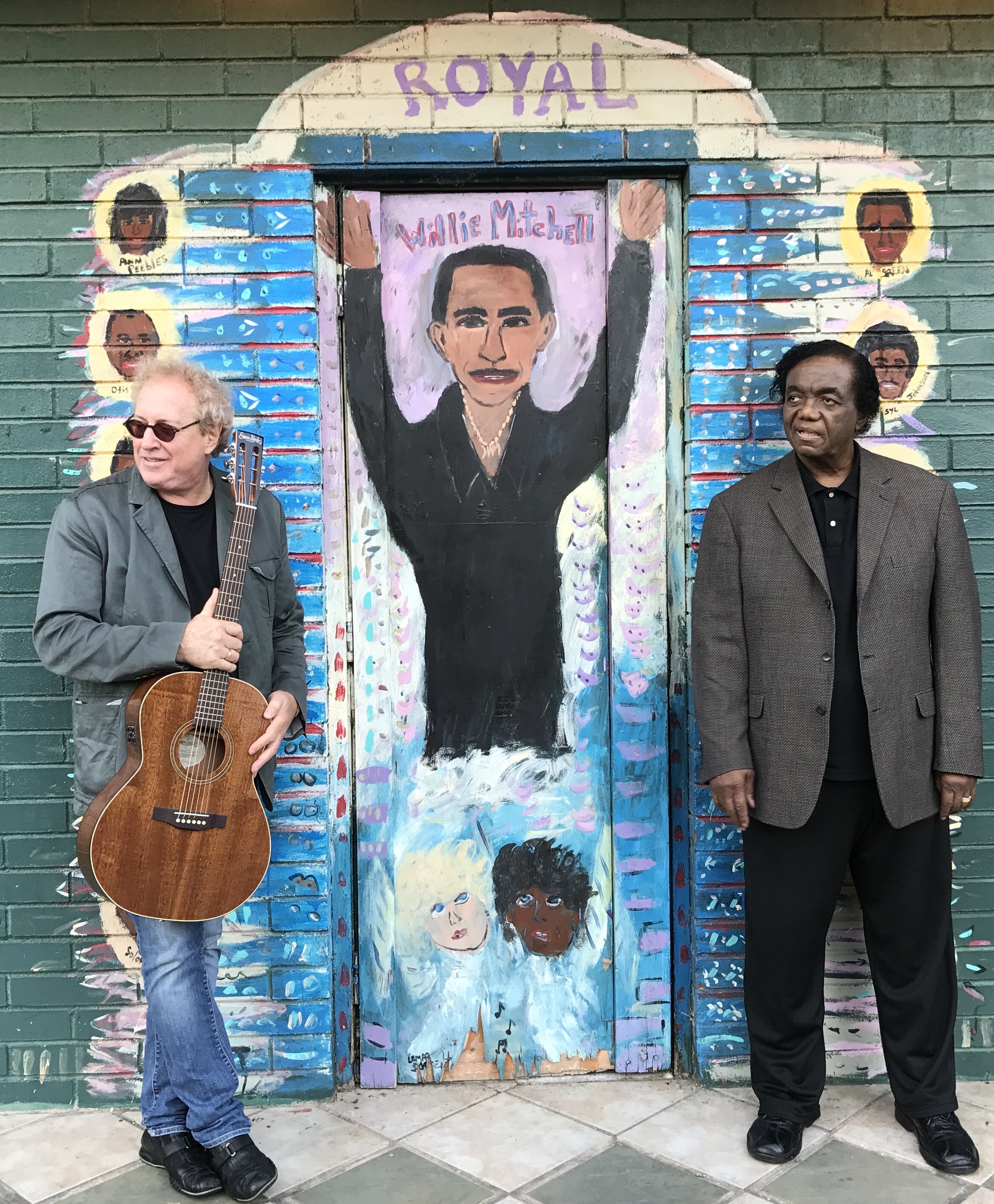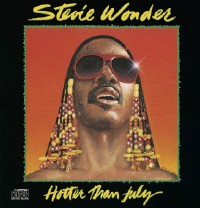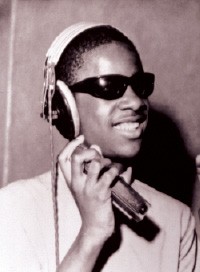“If you want to master something, teach it,” the great physicist Richard P. Feynman is said to have remarked. “The more you teach, the better you learn.” That’s certainly borne out by the recent experiences of students who teamed up to create a new musical film and instructional package on African-American history for the Soulsville Foundation. Once it premieres online this Friday, February 2nd, it will be available as a free download for educators and students throughout Black History Month and into September. Producing such a film for the national event is a tradition the foundation began after Covid made live performances risky, and it’s continued ever since. And taking the project’s mission to heart caused this year’s student-producers to learn much along the way.
“What Stax wants to do is keep the history and message of soul music alive, but especially that of Stax Records, and the impact that the label had not only on the Memphis community, but the world at large,” says Anaya Murray, a high school senior and Stax Music Academy (SMA) student who served as the film’s co-writer and co-producer. “Black History Month is an opportunity to remind people of this important part of Black culture and American culture. In our film, Stax Meets Motown, we focus on two record labels who were rivals and competitors, and what they both contributed to music, but it’s about more than that.”

Indeed, the film and companion study guides delve into the Civil Rights Movement of the 1960s and 1970s, the Detroit Riots of 1967, the history of Black radio, the recording industry, and fashion. At the same time, the topic is also perfectly suited to a musical. “Think High School Musical and Grease,” Murray says of the film, which she masterminded with fellow high-schoolers Andrew Green and Rickey Fondren III. Green and Fondren attend SMA, as does most of the cast.
“There are moments where they’ll break out into song, where there’s dancing, and it’s all Stax and Motown music. And then, I’m one of the songwriting students at the Academy and we wrote an original song for the end credits. So we pay homage to Stax and Motown and then add something new. And all the sounds that you hear are Stax students singing and playing.”
That includes Murray herself, who also studies voice at SMA, and the story, set entirely in Booker T. Washington High School (which many Stax artists attended), is designed to both teach and give performance, recording, and songwriting students a chance to shine. As Murray explains the plot, “Lisa, the lead, moves from Detroit to Memphis, and it’s the simple story of her learning about Stax and the culture, but also of the Memphis kids learning from her about Detroit and Motown.”
Yet ultimately the film reveals the SMA’s support for more than music. As Murray says, “I’ve been a student at Stax Music Academy since my first year of high school, and once I started to show an interest in filmmaking over the past two years, Stax noticed that and gave me an opportunity to assist on the script for last year’s [Black History Month] film.” She also developed her own material, winning the 2023 Indie Memphis Youth Film Fest Jury Award for her film, Father’s Day.
Eventually she was tapped to write this year’s screenplay. “I’m really excited about the opportunity because screenwriting is something I love to do,” she says. “Then I was able to get Andrew Green, one of my film friends, on board. He’s also planning to go to college for screenwriting and directing. And Rickey is a singer at SMA, but acting is really where his passion lies. He’s actually co-starring in the film as the love interest, but he was really excited to go into screenwriting as well, so he helped a lot with doing research to make sure that we were really providing accurate information.”
Thus did the writers learn as they progressed, and gaining the Soulsville Foundation’s stamp of approval was proof positive that they got the facts right. Now the film and instructional materials are being readied for their premiere. As Murray explains, all involved are aware of how important this educational mission is: “When it goes live, they send that link out to students not only in the United States, but worldwide as well. It is a global event.”



